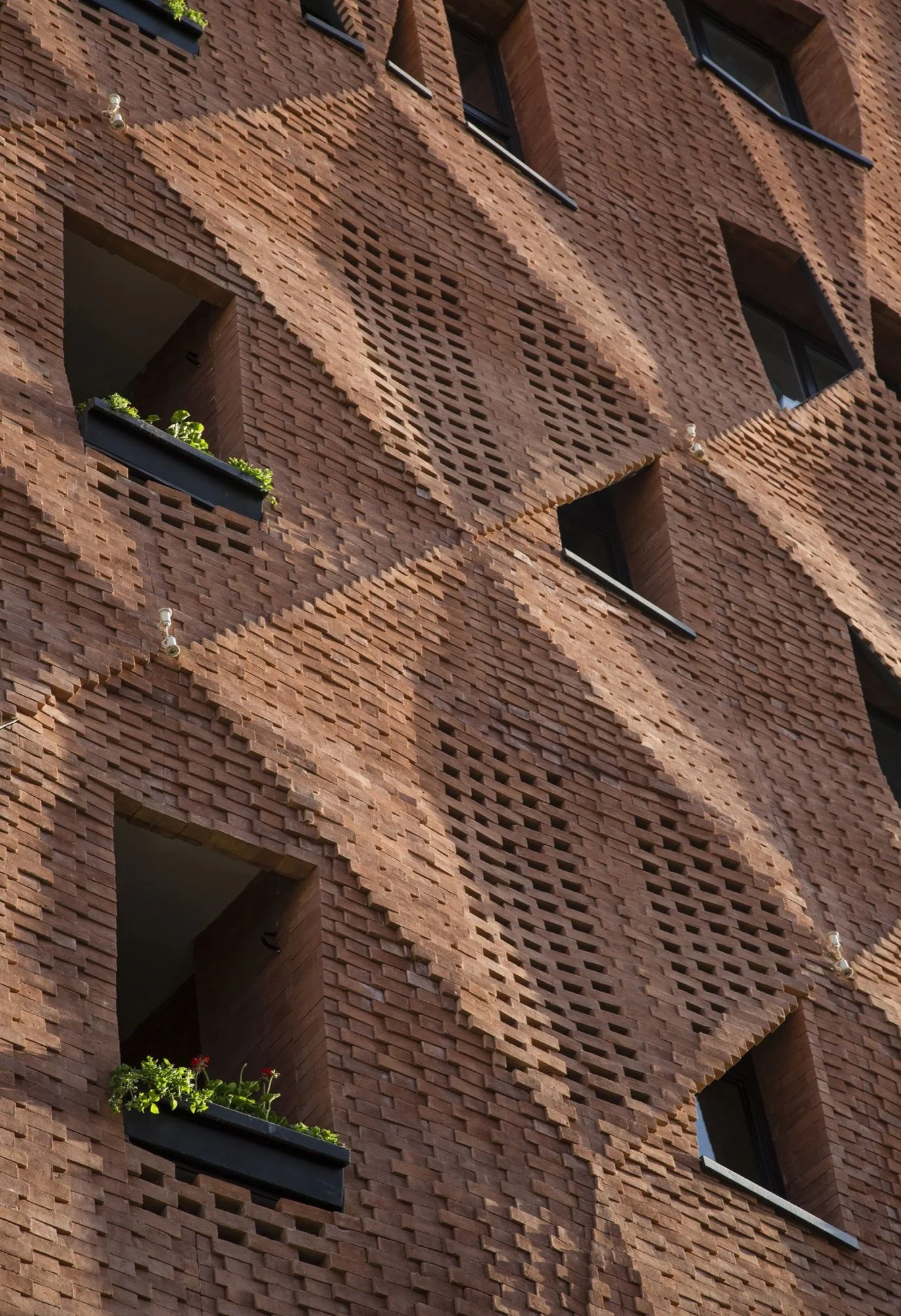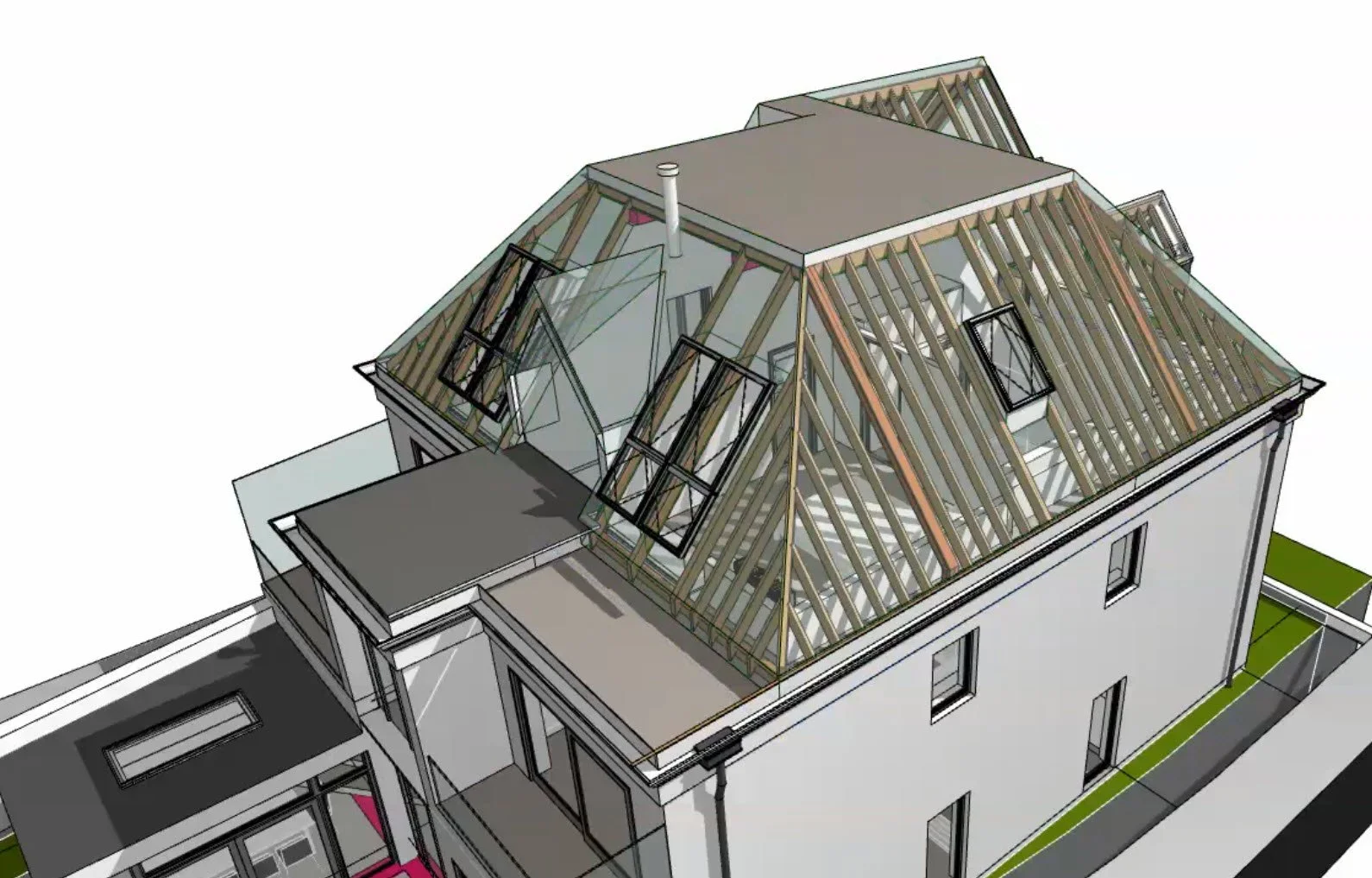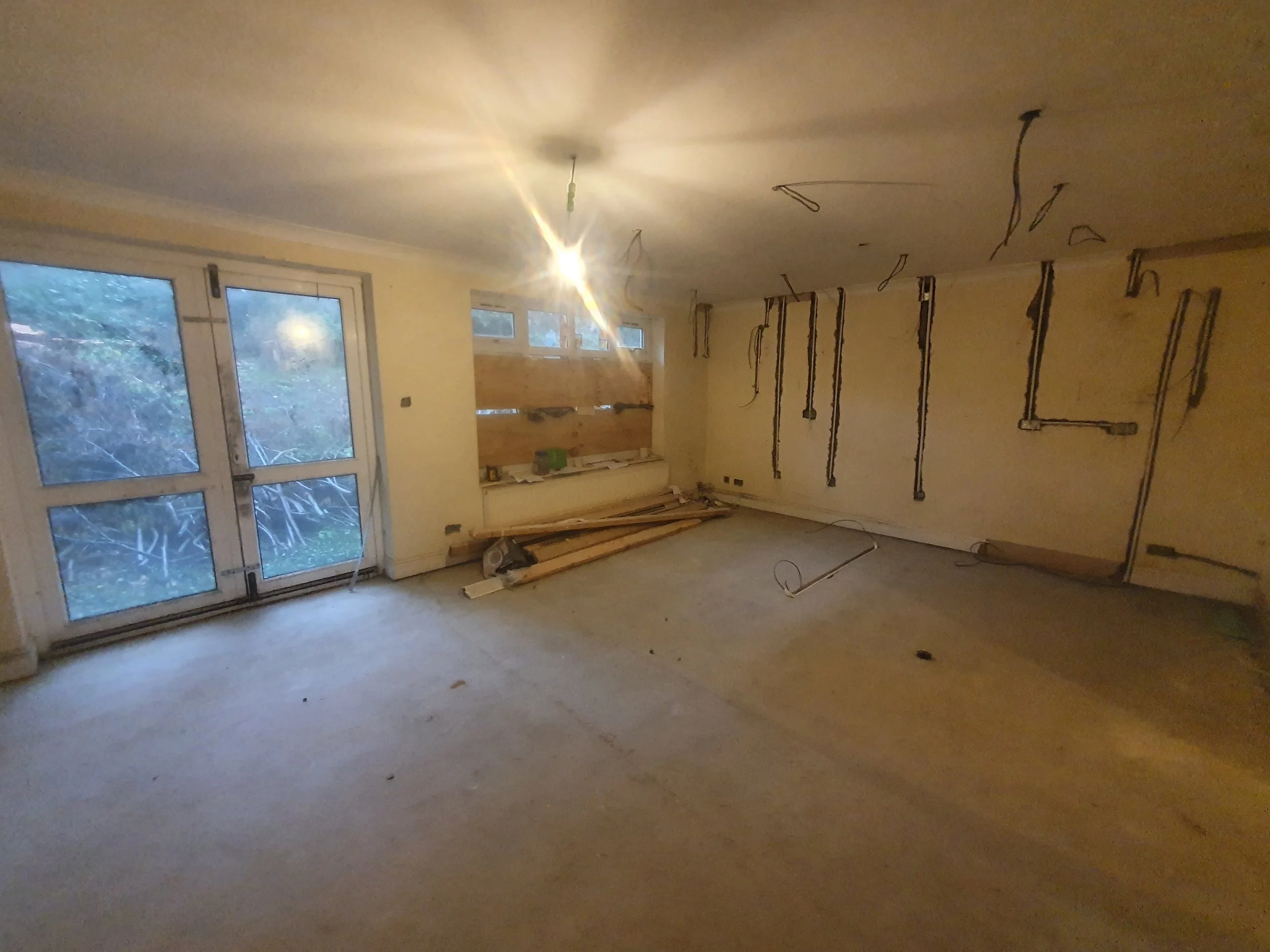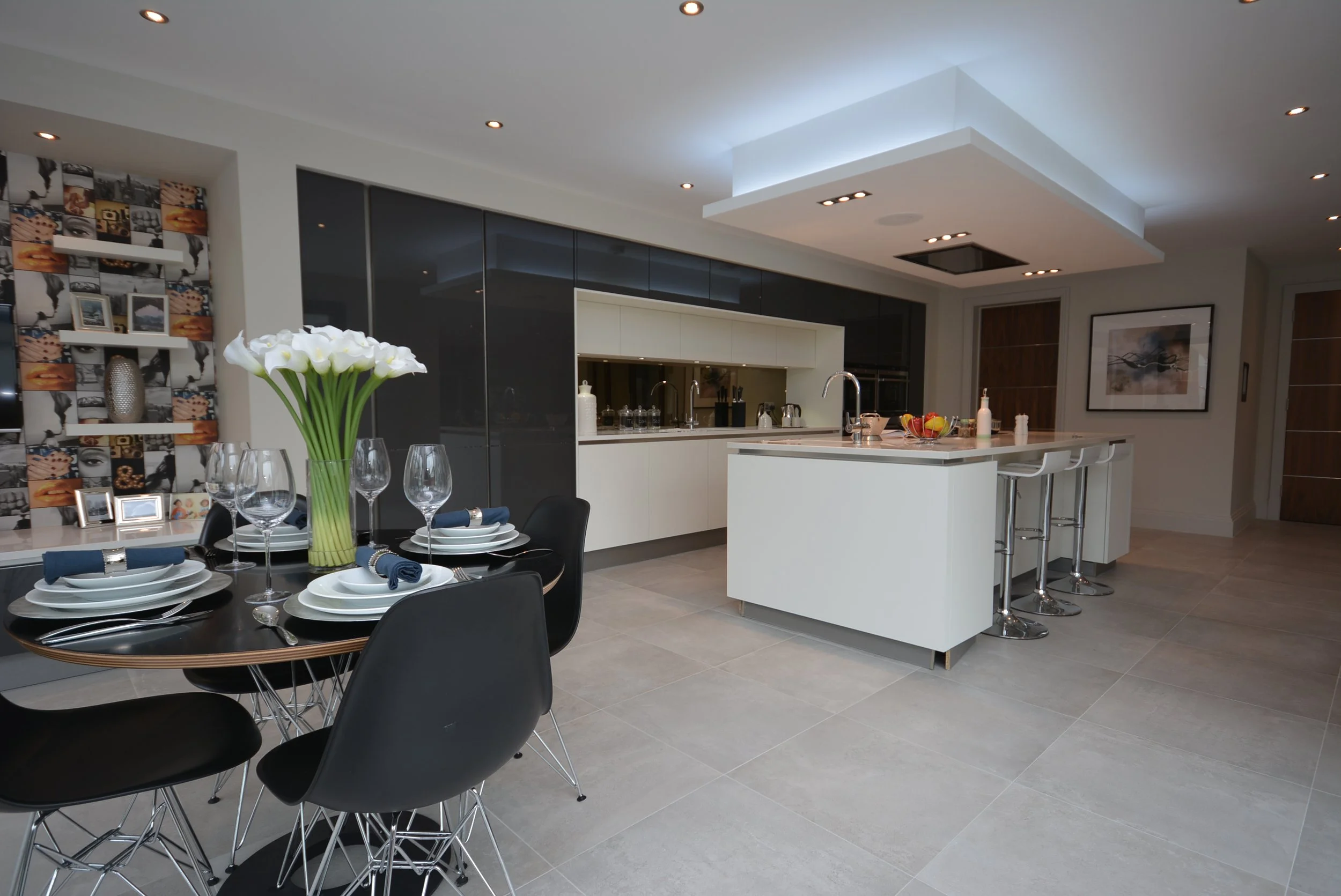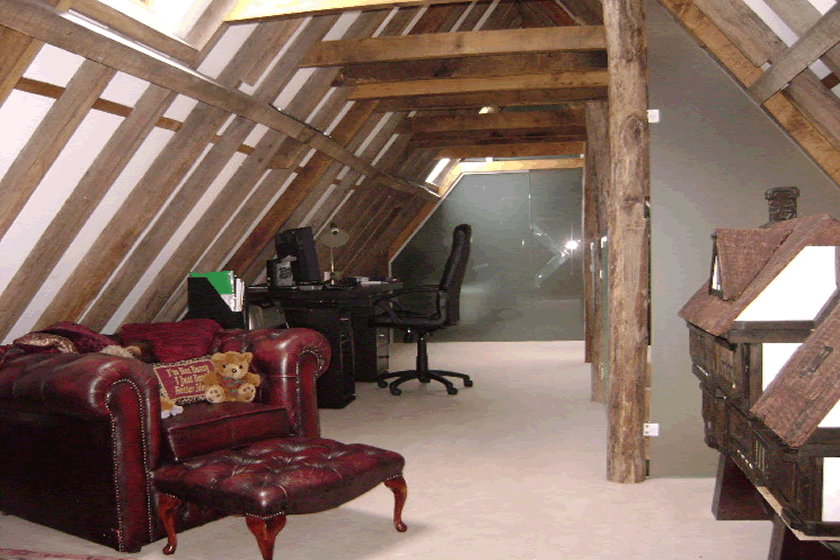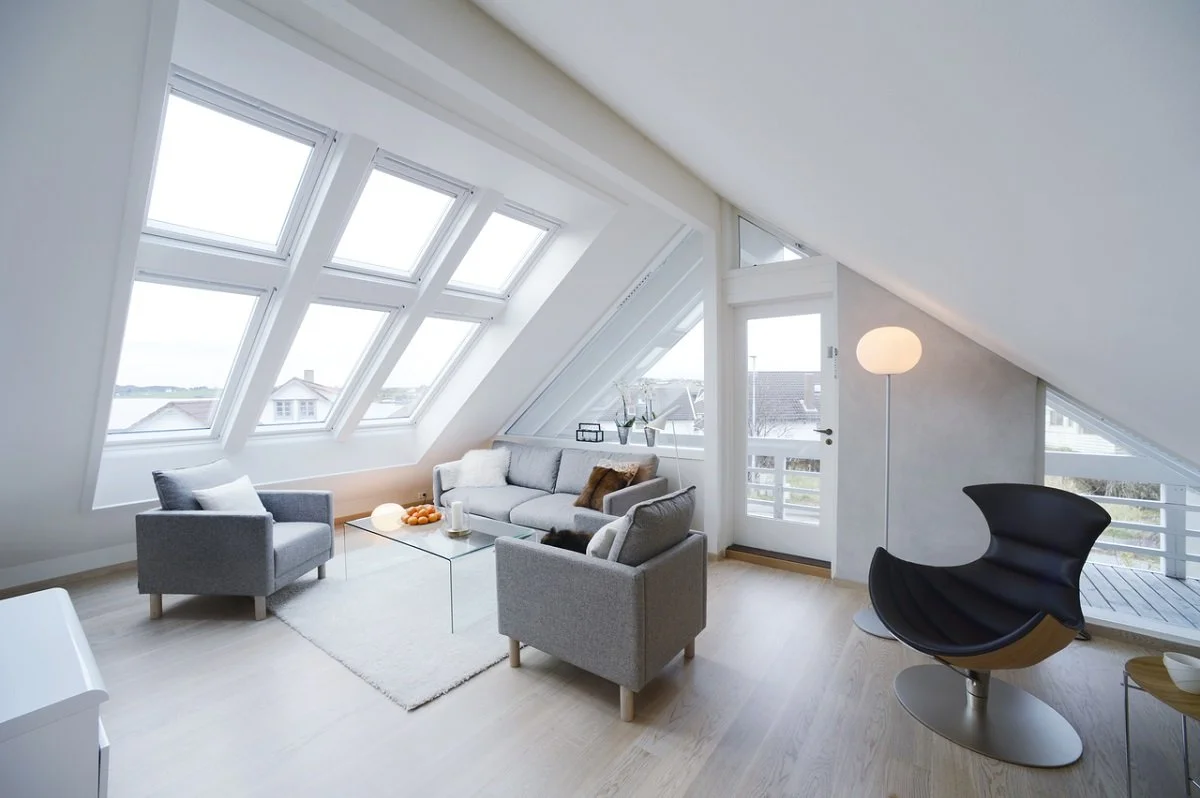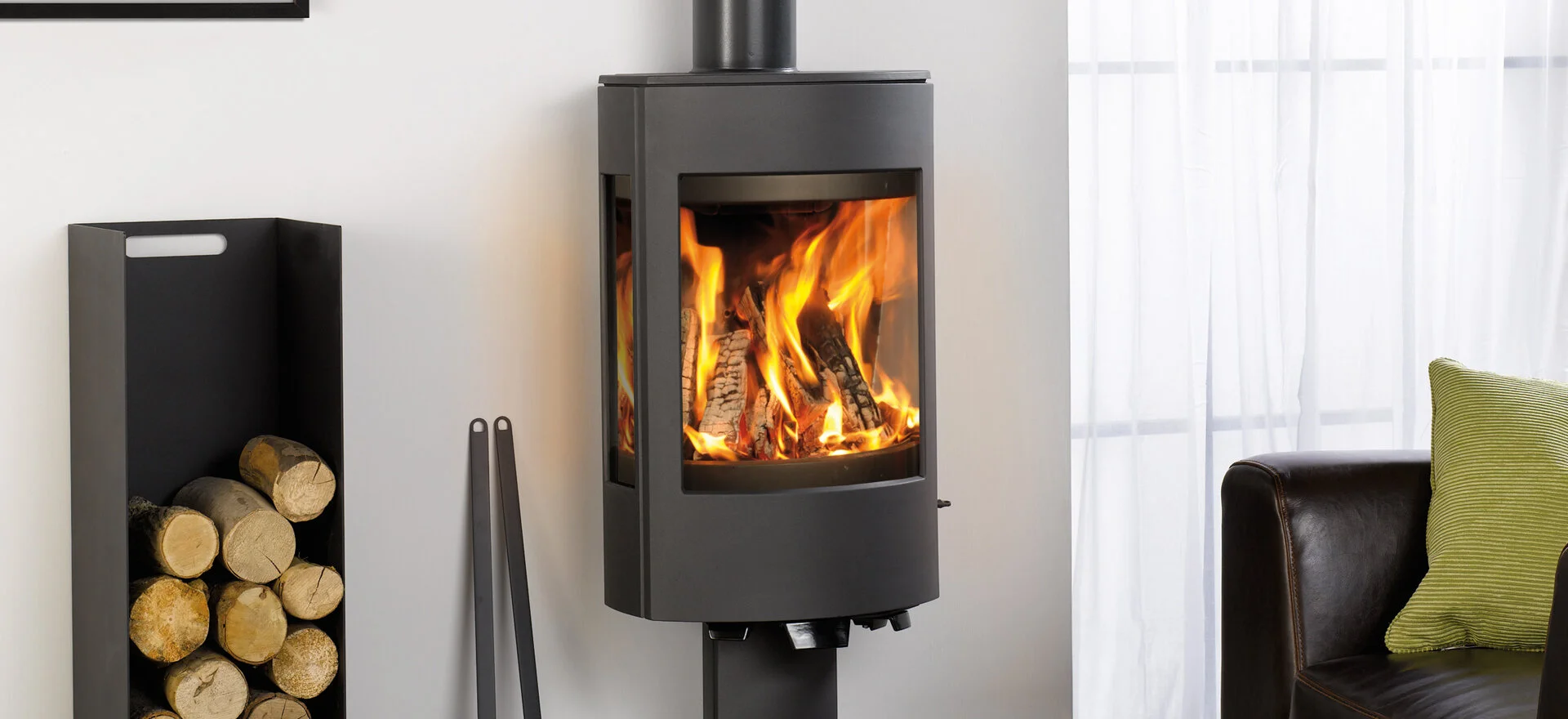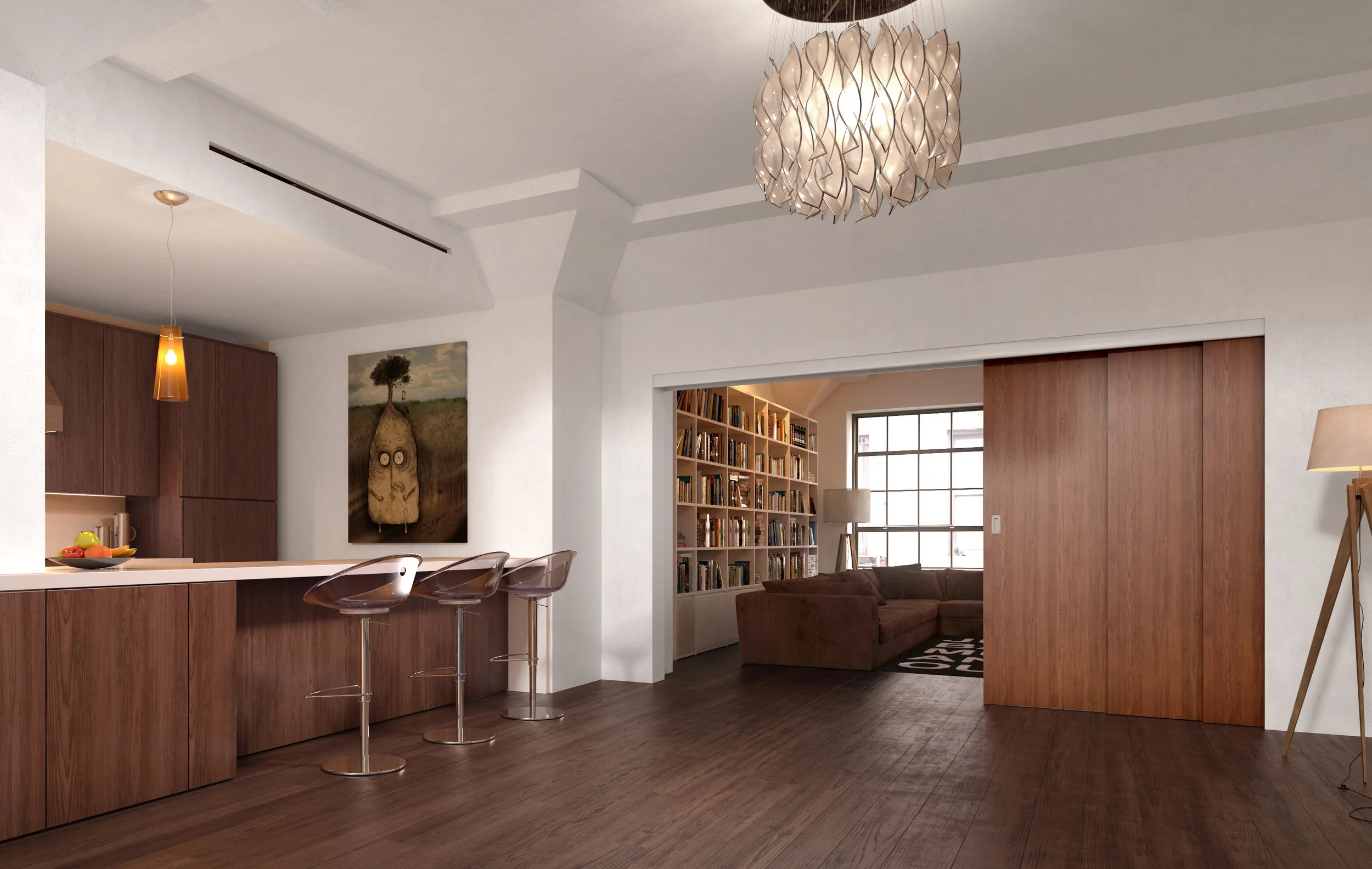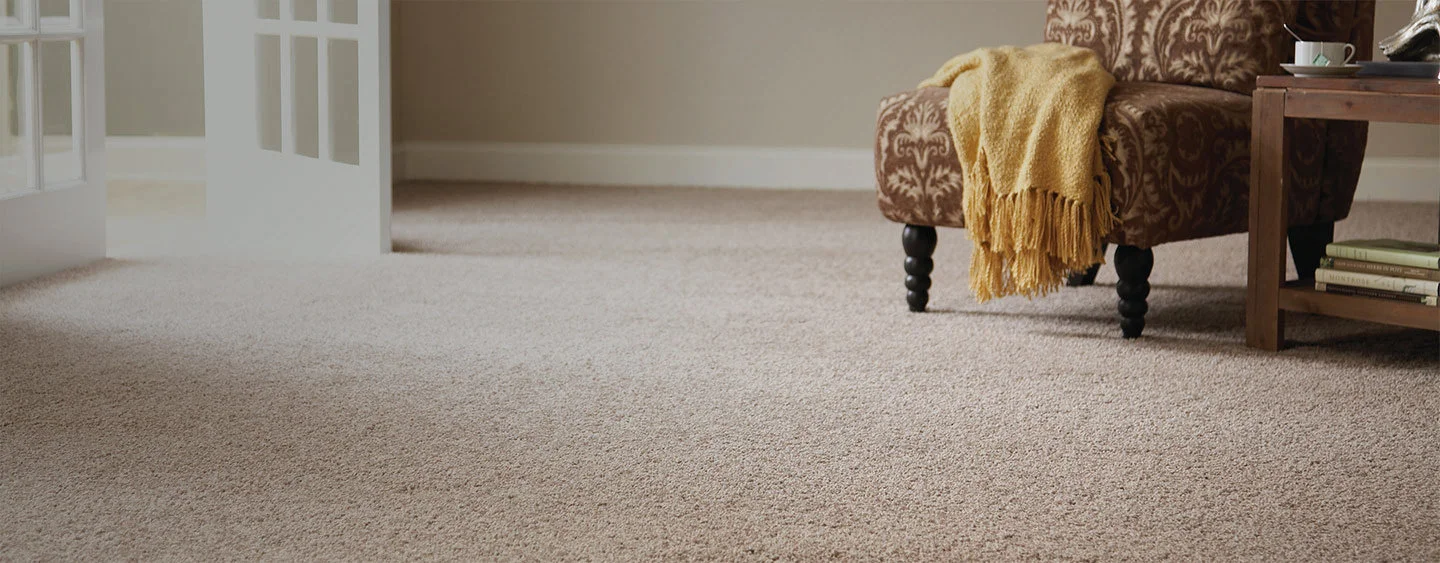AMAZING BRICK ARCHITECTURE INSPIRATIONS
From traditional to contemporary, smooth to rustic, find a range of brick details and ideas for your project.
Brick as a building material opens up a world of design possibilities. Hardly any other building material offers such a diverse choice of colours, shapes and textures, which is why it is one of the oldest and most widely used building materials in the world. With so much to choose from though, sometimes it can be difficult to find what you want. That's why we've selected some of our favourite inspirational brick details.
NOT SURE WHICH PLANNING ROUTE IS RIGHT FOR YOUR HOME? WE OFFER FREE CONSULTATIONS TO ALL HOMEOWNERS, SO YOU CAN KNOW WHAT’S UP BEFORE YOU BEGIN.
reasons why bricks
1. The use of natural base materials
Bricks are the result of a combination of purely natural elements: clay, sand, water, air, and fire. No toxic substances are added to bricks. In addition, bricks are inert material: it does not or hardly react to other substances and also does not release toxic substances or allergens. Therefore, there is absolutely no risk of soil pollution.
2. Economical base material policy
Clay and loam are natural and seemingly inexhaustible base materials. Excavation is limited and excavated sites reconstructed for agriculture or recreation. Starting materials are used that are released during infrastructure work and building projects in order to keep down the exploitation rate of the pits.
3. Clay extraction creates new possibilities
The excavation of clay is temporary by nature. The exploitation covers a limited surface that never grows in time, but merely moves. After extraction the site is reconstructed. This often leads to added value for the biodiversity, among other things, as a result of constructing nature reserves.
4. Environmentally friendly manufacturing processes
The production process of bricks is continuously being optimized to respect the environment. For decades, manufacturers have been taking numerous measures to decrease energy consumption:
• High-performance tunnel ovens that work on natural gas
• Strict observance of the baking process by means of computer programs
• Recycling heat from the oven in the drying rooms
• Own production of electricity by means of total energy plants
5. Short transport distances
Brick kilns are often located near the quarry. This way the clay does not need to be transported across long distances. Some brick kilns sometimes add clay from other quarries in order to expand their product assortment. But even then, transport remains rather limited.
6. Long lifespan without maintenance
Bricks are made to last for generations. The average lifespan of a building made from bricks is estimated at more than 100 years. The impact of the building on the environment is also much smaller because it does not need maintenance.
7. Durable and precious
Their lifespan and limited environmental impact make bricks unbeatable if you want to build a durable building. Bricks make it possible to create beautiful buildings with limited spending and a long lifespan. Brick offers lasting value. It does not rot, dent, or need to be painted. Unlike other materials, bricks actually look better with age.
8. Comfortable and sturdy
The superior thermal mass qualities of brick have been known for centuries. Bricks keep out the weather and the wind due to their good heat absorption. What’s the secret? In winter, bricks store the heat on sunny days and then slowly release it. During the summer they buffer the heat and the brick building stays cool on the hottest days. In addition, bricks are non-flammable and solid as well as absorb noise which is an acoustic advantage over other materials.
9. Good recycling possibilities
Brick walls can be dismantled. Bricks are reusable after removing mortal residues, for example, for restoration or for the construction of new houses and projects. Also brick rubble from demolition sites can be recycled and reused.
For example as:
• Filling and stabilising material for infrastructure work
• Ingredients for poured concrete and prefabricated mortar on site
• Ingredients for bricks from calcium silicate
• Red ‘grounded bricks’ (clay) on tennis courts
• Plant substrates
10. Flexibility of brick buildings
Buildings made from bricks are extremely flexible.
They can be adjusted during the entire building process and during the entire lifespan of the building. Hardly ever does a building need to be taken down because the bricks cause a problem.
Why not talk about your options with our team? Our consultations are free for all homeowners, with our experts helping you get readying to transform your home.
In recent years, a significant shift has been observed in the housing market as more and more homeowners are choosing to renovate their existing homes instead of moving to new ones. This growing trend can be attributed to various factors, including rising property prices, limited housing options and a
Open-plan living has long been a popular trend in modern home design, revolutionising the way people experience and interact within their living spaces. The concept of open-plan living involves removing walls and barriers to create a seamless and fluid transition
House extensions have become a popular solution for homeowners seeking to add extra space and enhance the functionality of their homes without the need for moving. With a range of options available, it’s important to understand the
Navigating the complexities of planning permission can be a daunting task for any homeowner or developer. Thankfully, architects play a vital role in assisting with planning permission, offering their expertise in design
Architectural drawings are essential tools in the design and construction industry. They provide a visual representation of a building project, conveying vital information to clients, contractors, and regulatory authorities. In this blog, we will explore what architectural drawings are and delve into the various reasons why people obtain them,
Building regulations play a crucial role in ensuring the safety, efficiency, and sustainability of construction projects. Whether you’re planning a home renovation, extension, or new build, understanding building regulations
Embarking on a home renovation project is an exciting endeavour that requires careful planning and thoughtful design. Hiring an architect is a crucial step in ensuring the success of your project, as they bring expertise, creativity, and a wealth of knowledge to the table.
A home extension offers homeowners the opportunity to expand their living space and transform their house into their dream home.
Converting a barn offers a plethora of benefits, from preserving historical heritage to creating a distinctive living environment.
The Government has launched a further permitted development right (PDR) consultation. A consultation has been published which is framed as addressing both the efficacy of the planning system and delivery of the right homes in the right places in England.
Are you considering a loft conversion to maximise your living space and add value to your property? A loft conversion is an excellent solution that can transform your underutilised attic into a functional and stylish area.
Winter is the perfect time to look ahead and start thinking about what trends are emerging in the home space.
When you refer a friend to A9 Architecture Ltd, both you and your friend will receive £50 when they spend £700+ on our services - tempted?
In case of a pitched roof, you can choose between many types of roof covering. The most frequently used materials are ceramic roof tiles, slates and reed. In this article, you can read more on the different types of roofings for sloping roofs, together with their prices. Discover other useful info about sloped roofs as well.
A wood-burning stove can be a great focal point in your living room, creating a warm, cosy feel. Nothing beats the sound or smell of an open fire with its dancing flames, but stoves are more efficient than open fireplaces, and can even save you money on your heating bills.
You’ve probably heard of the term ‘open plan’. When used in residential architecture, this refers to a house where two traditional rooms have been joined to form a larger space by eliminating some of the partition walls that help to divide the rooms.
There’s no home decorating challenge quite so frustrating as old, worn-out floors. You can paint the walls, add accessories, and even replace furniture on a budget, but replacing an entire floor is a much bigger – and costlier – job.
When it comes to your home, who doesn’t want a little WOW factor? And if you’re looking for a bold way to transform either your living room, bedroom, or dining room, nothing beats a classic feature wall. Take a look at our inspirational feature wall ideas to help add a dramatic focal point to living rooms, bedrooms and more.
Nowadays, if we want to stay competitive and successful in business, we have to keep abreast of the latest technologies. Customers prefer solutions that can provide more benefits and opportunities.
Kitchens have changed a lot over the decades and planning for your kitchen remodel is very important. Technology advances and changing social dynamics have contributed greatly to the rise of the modern kitchen.
When it comes to big home projects, you often find yourself confronted with a list of professionals that leaves you scratching your head. One of the biggest offenders is the structural engineer. Just what exactly do they do, and why do you need one?
At A9 Architecture Ltd we are extremely enthusiastic about “Living” or “Green” roofs. They make an incomparable visual statement of your principles and offer multiple benefits over traditional roofing.
Where the scale and nature of a development is considered to be minor and non-contentious then it may benefit from permitted development rights.
Whether you’re building a home from scratch or are adding an extension to an existing building, choosing the roofing will be a crucial decision that can affect your building’s functioning, appearance and cost, so it is certainly a consideration that should be carefully thought through.
From traditional to contemporary, smooth to rustic, find a range of brick details and ideas for your project.
Brighter homes are nicer spaces to be, after all. Additionally though, a lack of natural light can negatively affect your wellbeing. In order to stay healthy in mind and body throughout the winter months then, it’s imperative that we let in as much natural light as possible in.
From 4-12 May we will be exhibiting together with A9 Architects Ltd at our first Grand Designs Live London. Come and visit us on stand B70, tell us about your project and we’ll give you a recommendation that perfectly suits your needs, aesthetic and lifestyle.
As you maybe know, A9 Architects Ltd is our London based architectural practice. After months of hard work, we are delighted to officially announce that on the 20th April 2019 they launched their brand new website.
They are a dynamic, innovative and creative team of architects, designers, planning consultants and engineers.
Bi-fold doors have been skyrocketing in popularity these last few years, with many of our own customers seeking out these folding wonders, and it’s not hard to see why.
Last week we discussed with our Managing Director some of the most common questions. We will continue today.





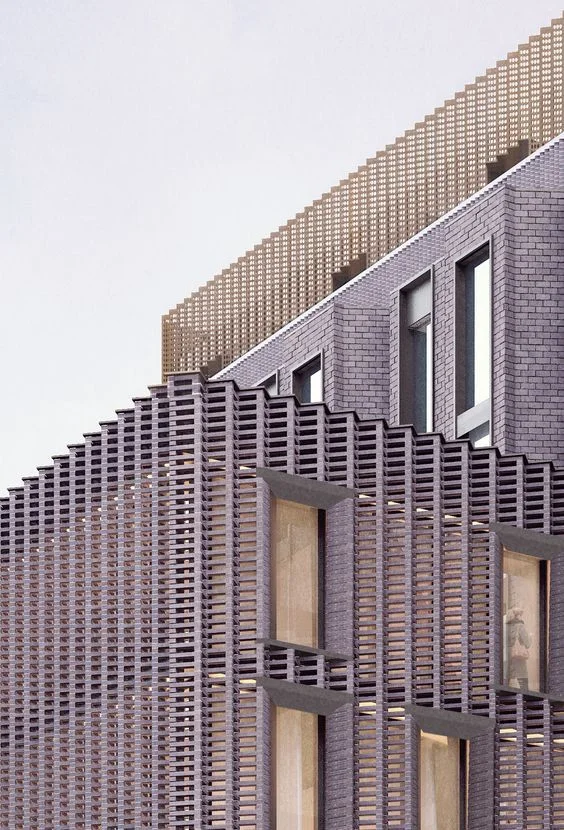






![The Best New Architects on Instagram_ “House project _ work by_ @pillarvisuals [ ] Send your work to @the_best_new_architects or tag #thebna #thebestnewarchitects…”.jpg](https://images.squarespace-cdn.com/content/v1/5b9f9c714611a0acf30eb73e/1565620957611-DZI8OSRKM3BRJRGE2UGY/The+Best+New+Architects+on+Instagram_+%E2%80%9CHouse+project+_+work+by_+%40pillarvisuals+%5B+%5D+Send+your+work+to+%40the_best_new_architects+or+tag+%23thebna+%23thebestnewarchitects%E2%80%A6%E2%80%9D.jpg)

